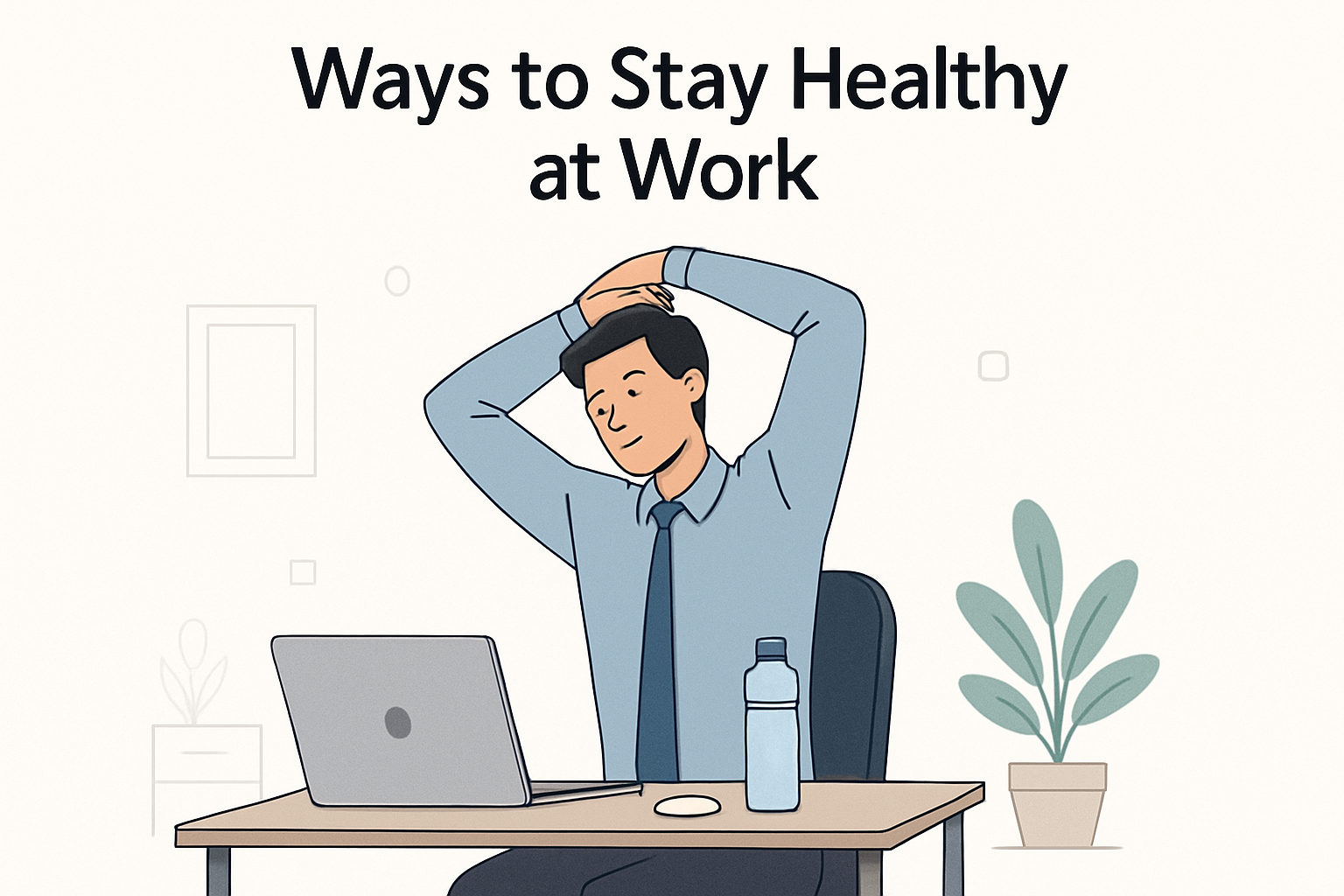How to Check for Prostate Cancer at Home 2025: Prostate cancer is one of the most common cancers among men, especially those over the age of 50. While a formal diagnosis requires clinical testing, many men wonder: Can I check for prostate cancer at home? The short answer is — you can watch for certain symptoms and risk signs, but home checks are not a replacement for medical screening. Here’s what you should know.
🔍 Early Warning Signs You Can Watch for at Home

While you can’t perform a full diagnostic test at home, you can monitor for these common signs of prostate issues:
- Frequent urination, especially at night 🌙
- Difficulty starting or stopping urination
- Weak or interrupted urine flow 🚽
- Pain or burning during urination
- Blood in urine or semen
- Erectile dysfunction or painful ejaculation
- Pain in the lower back, hips, or pelvis
If you notice one or more of these symptoms consistently, it’s a signal to see a doctor immediately.
📊 Home Screening Tools – Are They Reliable?
There are at-home PSA (Prostate-Specific Antigen) test kits available online and in some pharmacies. These kits involve:
- Collecting a blood sample through a finger prick
- Sending it to a certified lab
- Receiving PSA level results via email or app
However, PSA levels can be influenced by several factors like age, infections, or even recent sexual activity. That’s why Harvard Health experts caution against relying solely on PSA for home diagnosis. (Source: Harvard Health)
🧠 What You Can Do At Home to Lower Risk

While you can’t fully detect prostate cancer at home, you can take steps to reduce your risk:
- Eat a healthy, plant-rich diet 🥦
- Maintain a healthy weight ⚖️
- Exercise regularly 🏃♂️
- Avoid smoking and limit alcohol 🚭
- Stay sexually active if possible 💑
- Know your family history 👨👦
These habits don’t just support your prostate — they improve overall health.
🧓 A Special Note for Men Over 70
According to the Harvard Health article, men over 70 face unique challenges with prostate cancer. Many are diagnosed at later stages because symptoms are overlooked or mistaken for aging. If you’re 70 or older, annual checkups are vital, even if you feel fine.
👨⚕️ Final Word: When to See a Doctor
If you’re worried about prostate cancer symptoms, don’t wait for confirmation from a home test kit. Contact your healthcare provider for a Digital Rectal Exam (DRE) or a professional PSA blood test. These are the only reliable ways to check for prostate cancer.
💡 Bonus Tip:
You can also use health apps or symptom trackers to log changes in urination or sexual function — this helps during doctor visits.
Prostate cancer is highly treatable when caught early. By staying informed and watching for symptoms, you take control of your health — starting at home. ✅






Leave a Reply